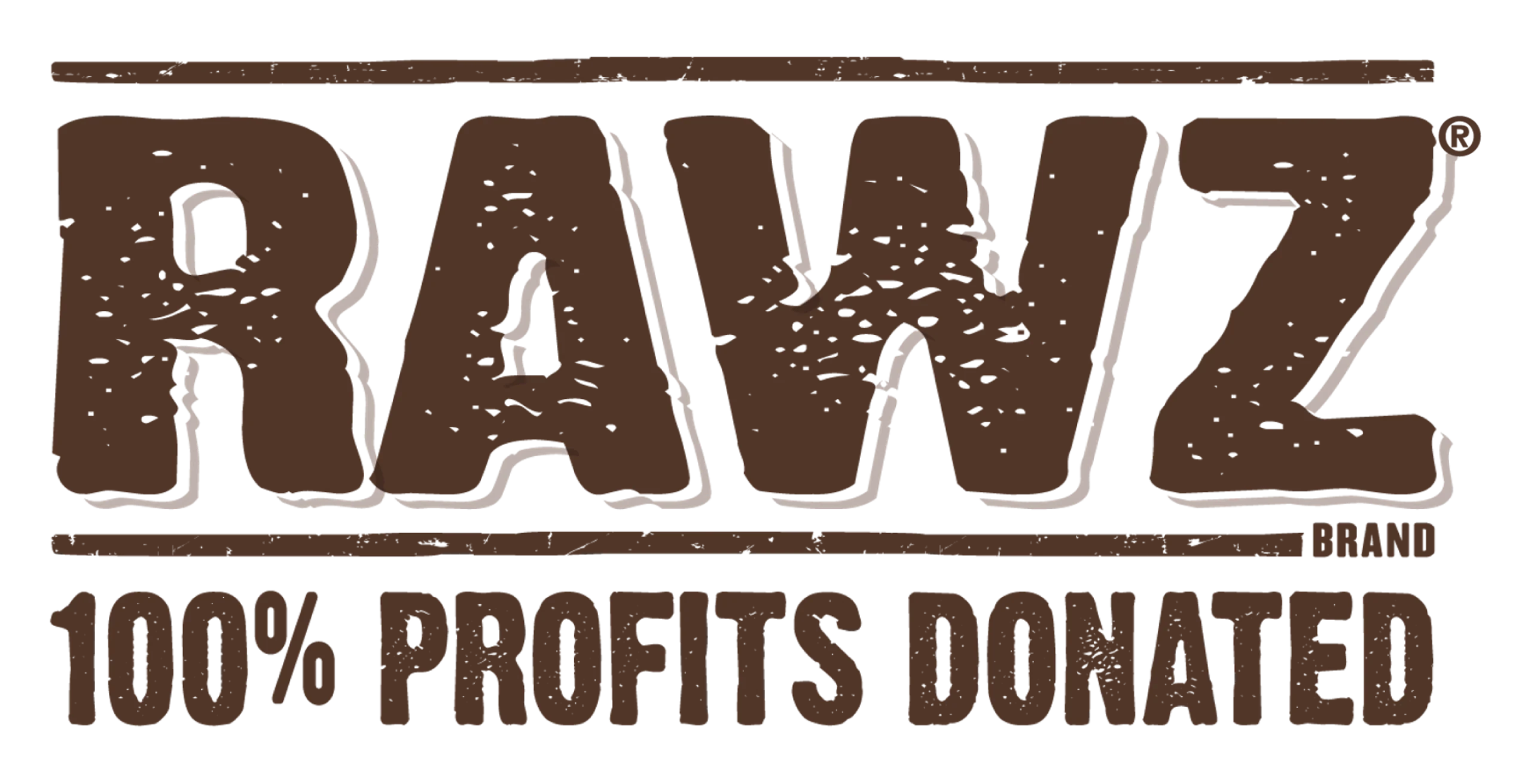Scanning the bags in the dog and cat food aisle or reading any number of advertisements for nutrition products for your pet can be a flat-out dizzying experience. It seems that every brand wants to make sure to include the latest trendy ingredient, creating a pretty vision in pet owners minds stimulated by colorful graphics on their packaging. At RAWZ we like to call this marketing-driven type of product formulation, "Window Dressing"; all these extra ingredients in the finished product aren't hazardous to pets , but really just for aesthetics.
I've heard this type of marketing and product positioning to the consumer as the "Everything but the kitchen sink" theory of formulating pet products. The combination of more knowledgable consumers with much more research and awareness, truly a good thing for pets, has led to many trends or "hot" ingredients in the industry. Two such added ingredients are Pre and Probiotics. While certainly having a role in healthy digestion, let's do some exploration of both...
Although commonly used interchangeably or thought of as synonymous in conversation, Pre and Probiotics are actually quite different. While both terms have to do with the bacteria within an animals' intestines; Prebiotic refers to the food that feeds intestinal bacteria whereas Probiotics, specifically refers to the healthy or beneficial type of this bacteria. Although long thought to only feed good digestive bacteria (probiotics), research has shown this to be false; prebiotics act as fuel for digestive bacteria that is both beneficial and harmful indiscriminately. With this understanding, it's always a bad idea to give Prebiotics to a pet with any sign unidentified GI distress.
Now to Probiotics; or as the prefix pro suggests Probiotics are the beneficial type of intestinal bacteria, that is, Probiotics contribute to an animal's healthy food digestion! So the obvious question is of course, why not include these beneficial bacteria in RAWZ's recipes? Probiotics are incredibly sensitive to both heat and moisture which means that when added to a formula during cooking, even when the gentlest of processes is used, Probiotics' digestive benefit is greatly reduced before the food reaches your pets GI tract.
In short, we believe feeding a high quality, minimally processed diet like RAWZ; comprised of ingredients that haven't been exposed to harsh processing results in highly digestible (87.9% digestibility for our original Meal Free recipes) nutritionally complete food for your pet! Why add something to aid in the digestion of an already highly digestible food? RAWZ believes any pet with specific dietary challenges or needs will do best with direct supplementation to his or her diets after consulting an animal nutritionist or the pet's vet not by throwing EVERYTHING BUT THE KITCHEN SINK in their food.




